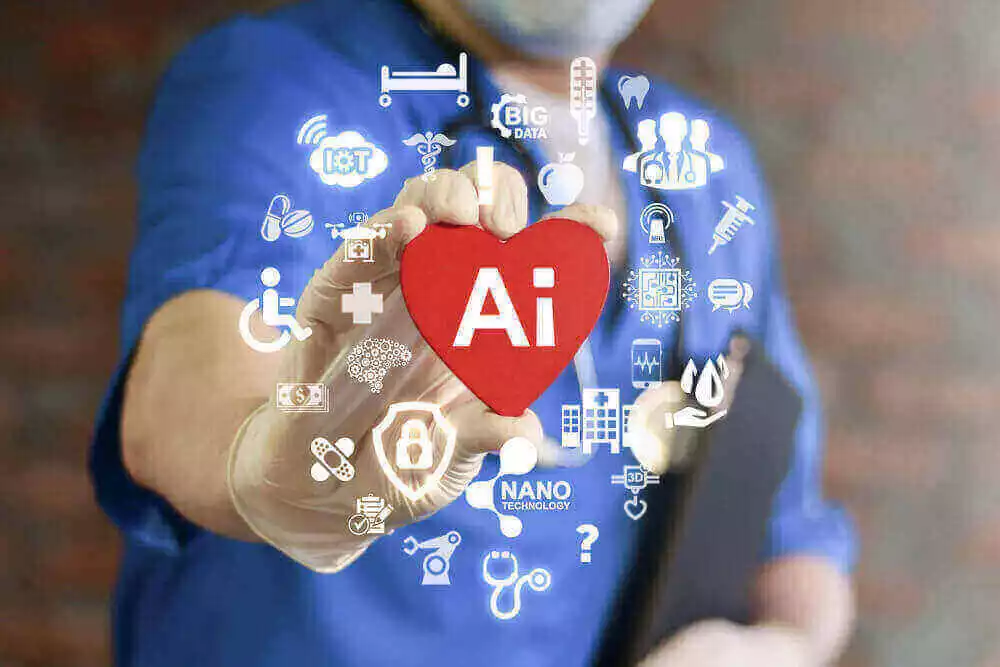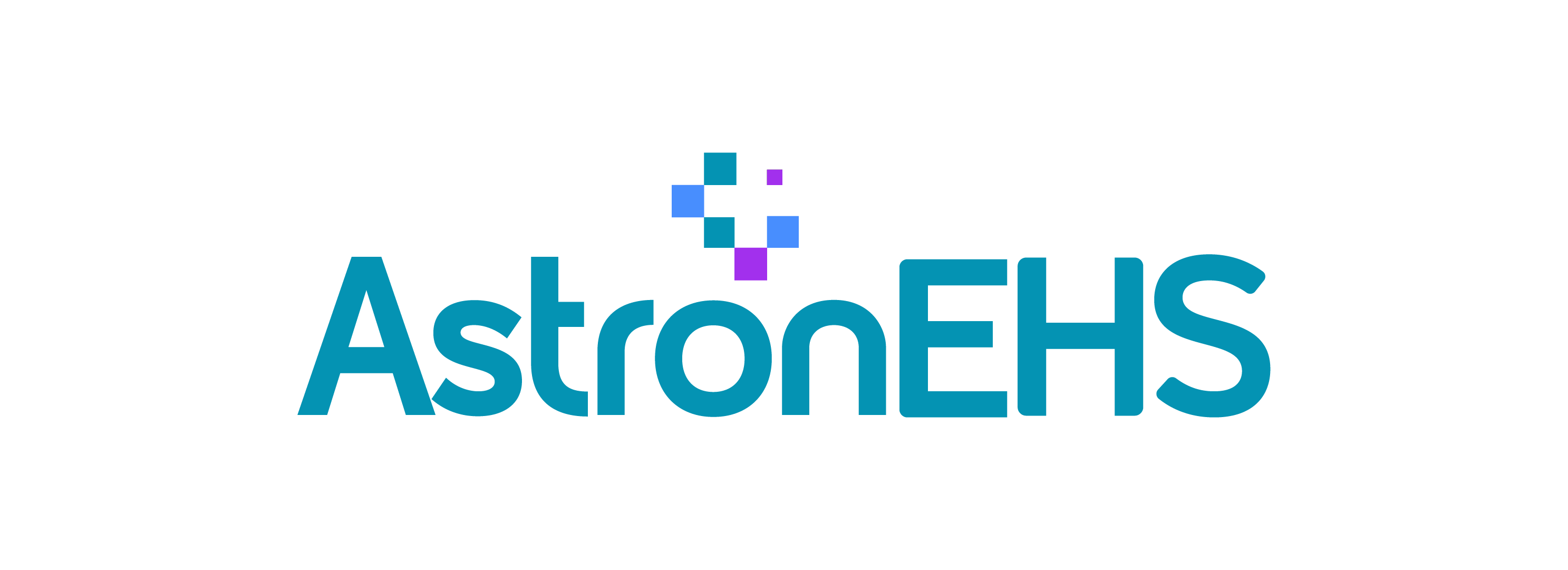
Future of Healthcare – Medical Coding with AI
Artificial Intelligence, Machine Learning, and Computer-assisted coding systems are the present and future of most industries that aim to take on challenges and achieve a more secure and efficient functioning. Coding for medical with Ai diagnosis and treatment is no exception.
In fact, the latest International Classification of Diseases ICD-10 international version has over 14,000 codes for diagnosis which gets further complex in the US with an addition of 70,000+ codes for diagnosis and another 70,000+ codes for treatment. It is beyond human abilities to memorize these codes and ensure accurate medical and dental billing services always.
The number of codes used in the enhanced version of ICD-10 in the US has already made medical coding and billing increasingly complex and vulnerable to errors. On top of this, healthcare
organizations are preparing for the implementation of the upcoming ICD-11 from January 2022. It is likely that the number of medical codes will go further up!
How Artificial Intelligence Can Help
Over the course of the last 2 decades healthcare businesses have introduced and adapted to computer-assisted coding systems.
In fact, many such systems have already begun incorporating state-of-the-art Machine Learning methods and Artificial Intelligence aspects to enable the system to analyze the clinical documents and determine relevant codes. AI will take it leaps further in terms of increasing accuracy, efficiency and revenue by overcoming human challenges with cognizance.
The CMS (Centers for Medicare & Medicaid Services) reported in FY 2017 that errors caused improper payments of $36.21 billion. Healthcare costing frauds due to false claims and charges were estimated up to $230 billion.
The primary cause remains improper documentation and/or lack of it. From detection and diagnosis to treatment, it is in dire need of simplification of the process of medical coding.
Sophisticated AI and cloud analytics like IBM Watson are transforming healthcare and clinical needs by revolutionizing medical coding and billing.
Here’s How…
- Al not only simplifies and increases accuracy, but also empowers the organization by identifying developments and patterns, identifying and evaluating errors, reducing the chances of duplication of codes and billing frauds.
- It identifies use of unique or rare codes.
- AI analyzes the clinical notes, reports and documents for the most relevant codes. For example, if a procedure is an appendectomy in a healthy patient, the coding is simple. But the same in a 70-year-old man with kidney disease and diabetes can take much longer manually. This is when AI becomes instrumental.
- It recommends codes based on the diagnosis and treatments performed.
- It also identifies the right codes for unstructured data in free form text also known as verbatims for example, ‘patient cannot taste anything’. Finding the correct med DRA code in such situations is one of the most time-consuming tasks without AI.
- Provides data on patient activity, code usage, medical services delivered etc. for further optimization of the system.
- Track codes from patient history to avoid manual entry on every visit.
In addition to the above advantages, the good news for medical coding specialists is that AI is not here for their jobs. The field is far too complex and will always require manual coders due to specific circumstances and many variables.
AI is here to enhance the system, reduce errors and assist for faster revenue cycle management thereby, increasing revenue – the sustenance for every industry. Yes, the future is to move beyond the constraints of manually searching and scanning the codes to find the appropriate one. AI is designed to support the work of medical coders.
Looking for accurate and prompt medical and dental billing services powered by the latest technologies and expert coders? Get in touch with us!
